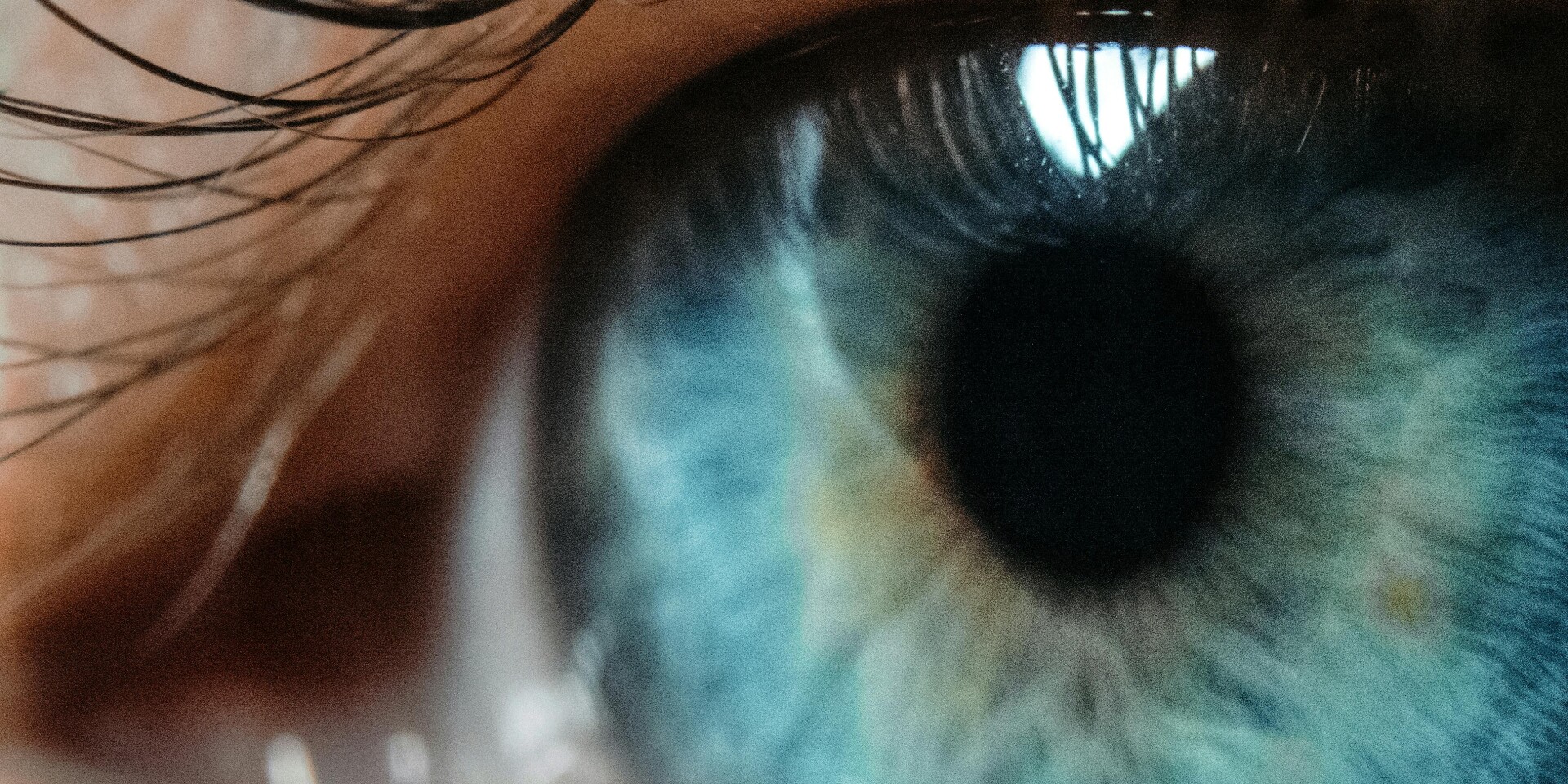
The past 20 years have seen important advances in understanding rare demyelinating central nervous system disorders including neuromyelitis optica spectrum disorder (NMOSD) and myelin oligodendrocyte glycoprotein antibody–associated disease (MOGAD). This microlearning, which should take around 30 minutes to complete, summarises the current understanding of NMOSD and MOGAD, including characteristic features, the most recent diagnostic criteria and the growing availability of effective treatment options.
Following completion of the activity, you should be better able to: